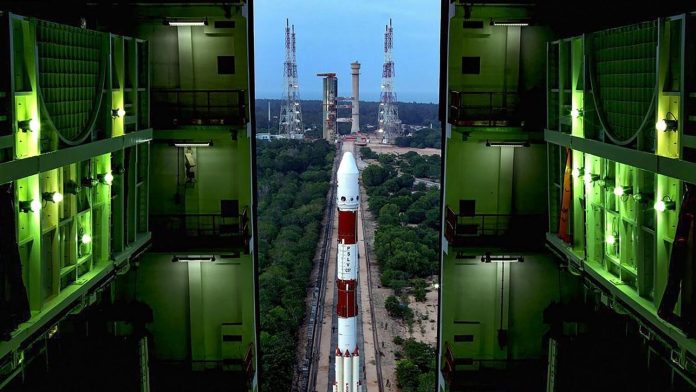India’s space agency is poised to achieve another significant milestone today with the launch of a solar probe. The Indian Space Research Organisation (ISRO) is embarking on this mission, and if successful, it will mark the first time an Asian nation has placed a probe in solar orbit. Named Aditya-L1, the probe will carry scientific instruments designed to observe the outermost layers of the Sun.
The launch is scheduled for 10:20 am UAE time, commencing a four-month journey. You can watch the liftoff live from 9:50 am UAE time.
Here are the latest updates on India’s inaugural solar mission:
9:35 am: Payload Details
The spacecraft carries seven scientific payloads for a comprehensive study of the Sun. These payloads have been developed in collaboration with various ISRO Centres and Scientific Institutes. Each payload serves a unique purpose.
9:21 am: Mission Highlights
Here are some interesting facts about this landmark mission:
- Aditya-L1 will be positioned approximately 1.5 million km away from Earth, directly facing the Sun, which represents about 1% of the Earth-Sun distance.
- The probe will focus on studying the outer atmosphere of the Sun.
- Aditya-L1 will not land on the Sun or approach it any closer.
- The mission’s primary instrument will investigate the Sun’s corona, an astronomically significant feature.
Aditya L1 is equipped with seven distinct payloads, enabling a detailed examination of the Sun. Four of these payloads will observe the Sun’s light, while the remaining three will measure in-situ parameters of plasma and magnetic fields.
The probe will be positioned in a halo orbit around Lagrangian Point 1 (L1), situated 1.5 million km away from Earth, in the direction of the Sun. This journey is expected to take four months.
The Visible Emission Line Coronagraph (VELC) payload is the most extensive and technically challenging component of Aditya-L1.
India’s solar mission seeks to explore the physics of the solar corona, its heating mechanism, solar wind acceleration, solar atmosphere coupling and dynamics, solar wind distribution and temperature anisotropy, as well as the origins of Coronal Mass Ejections (CME) and flares, along with near-earth space weather phenomena.



